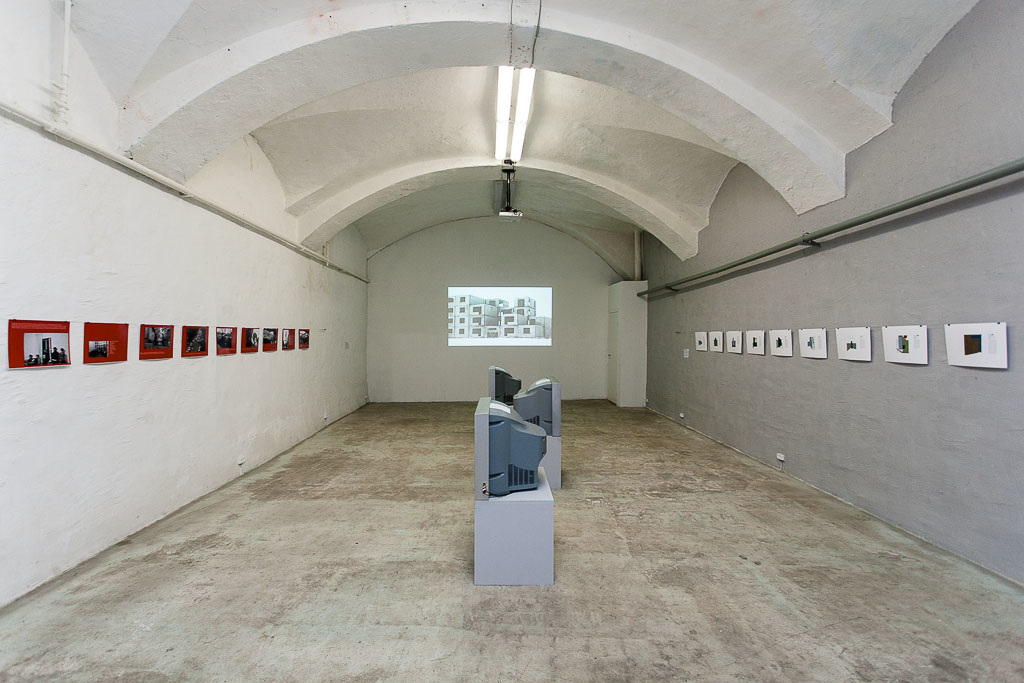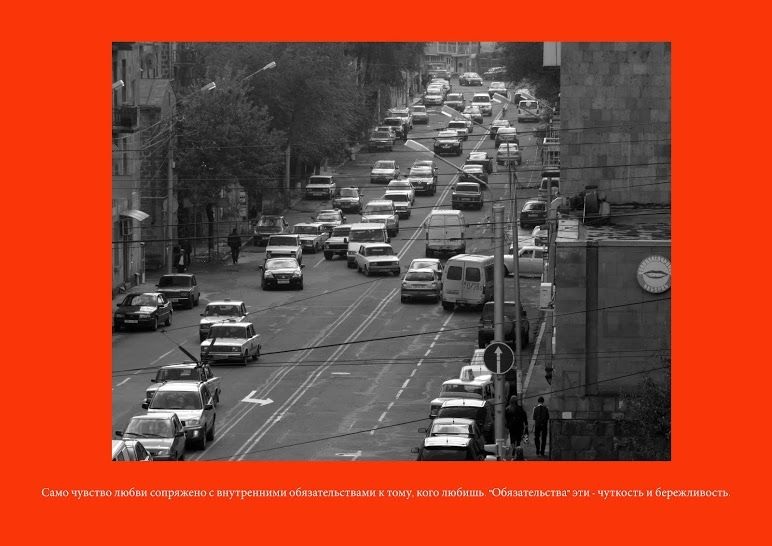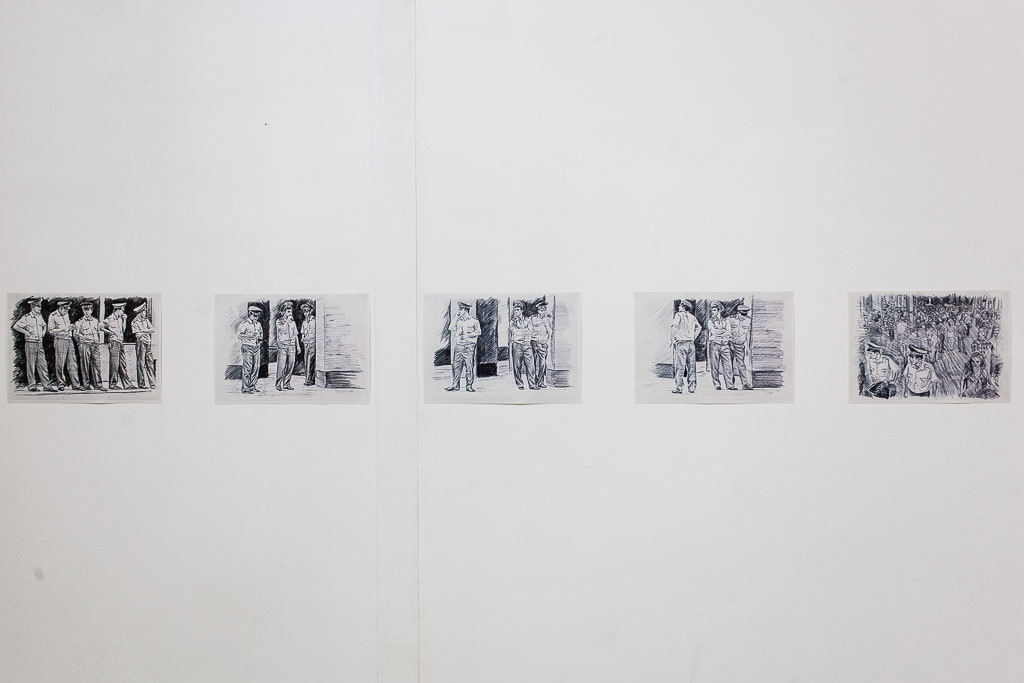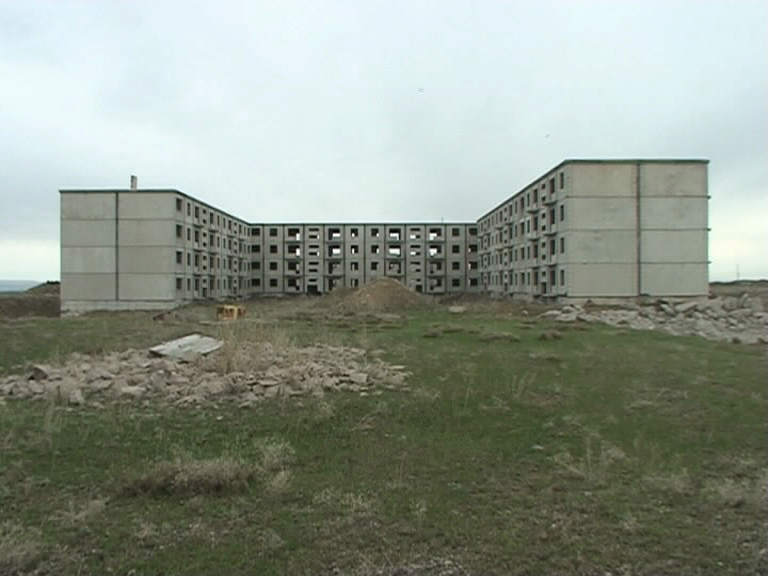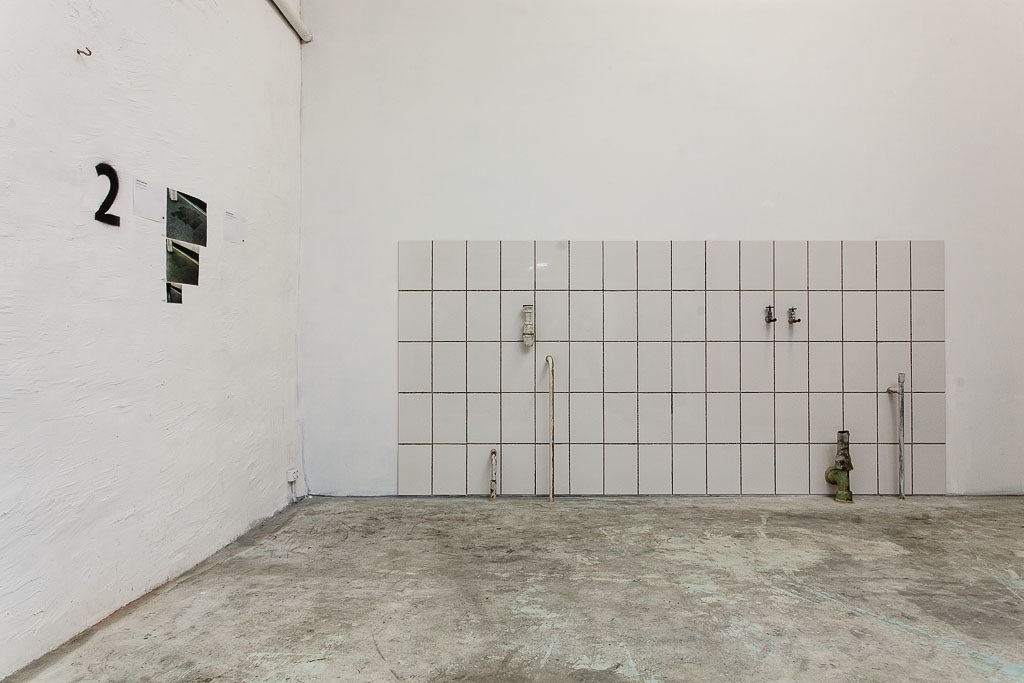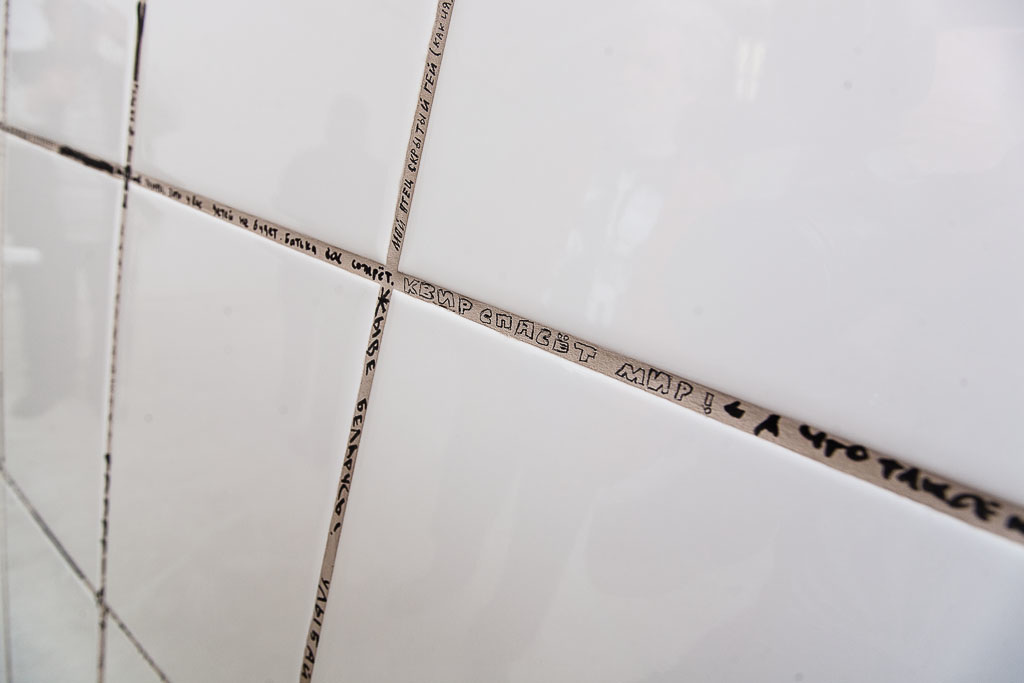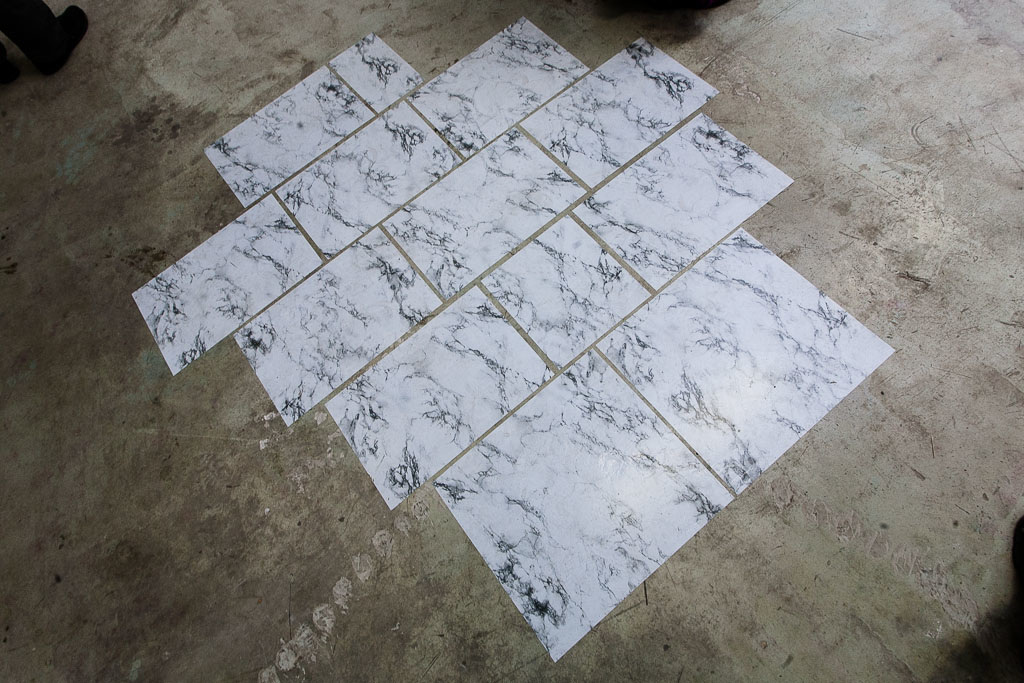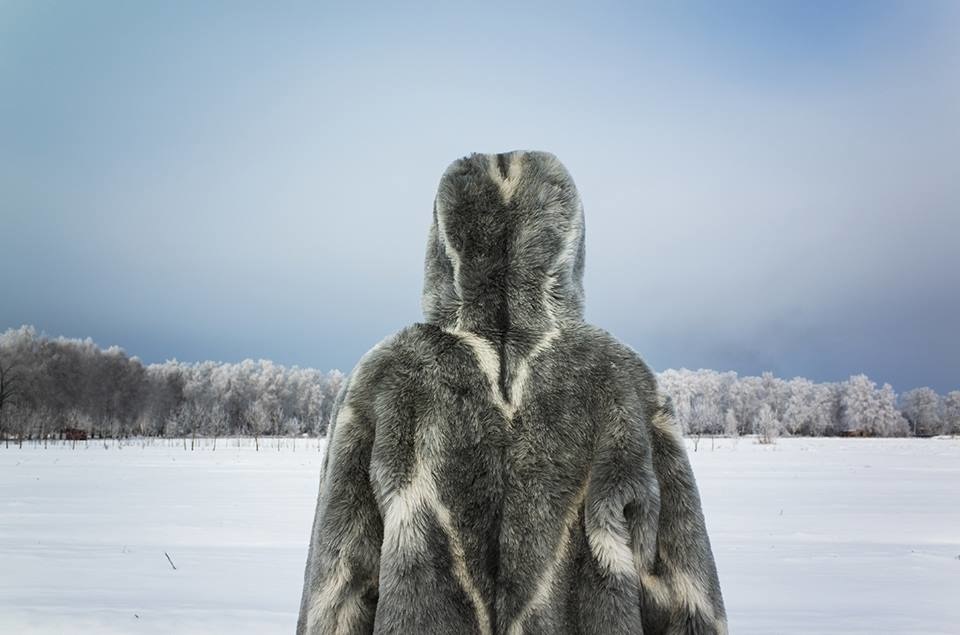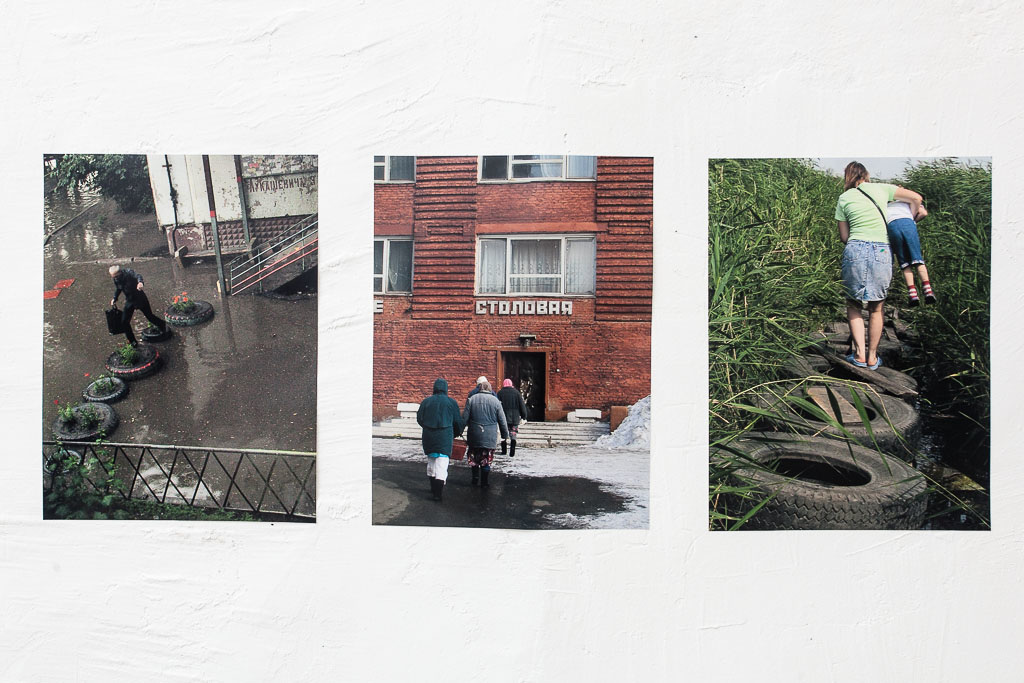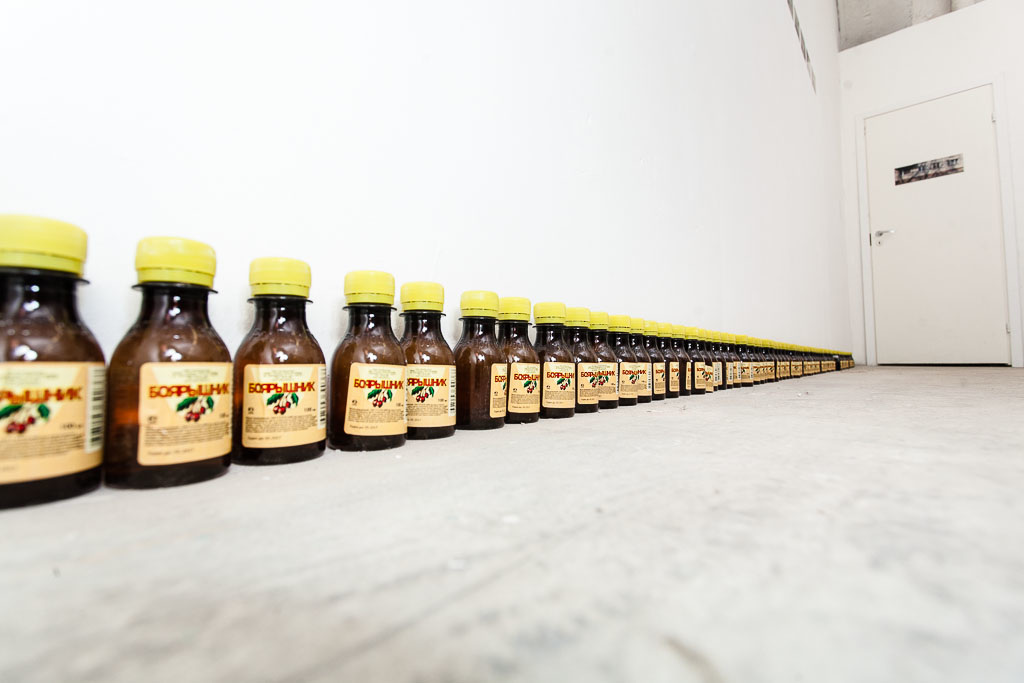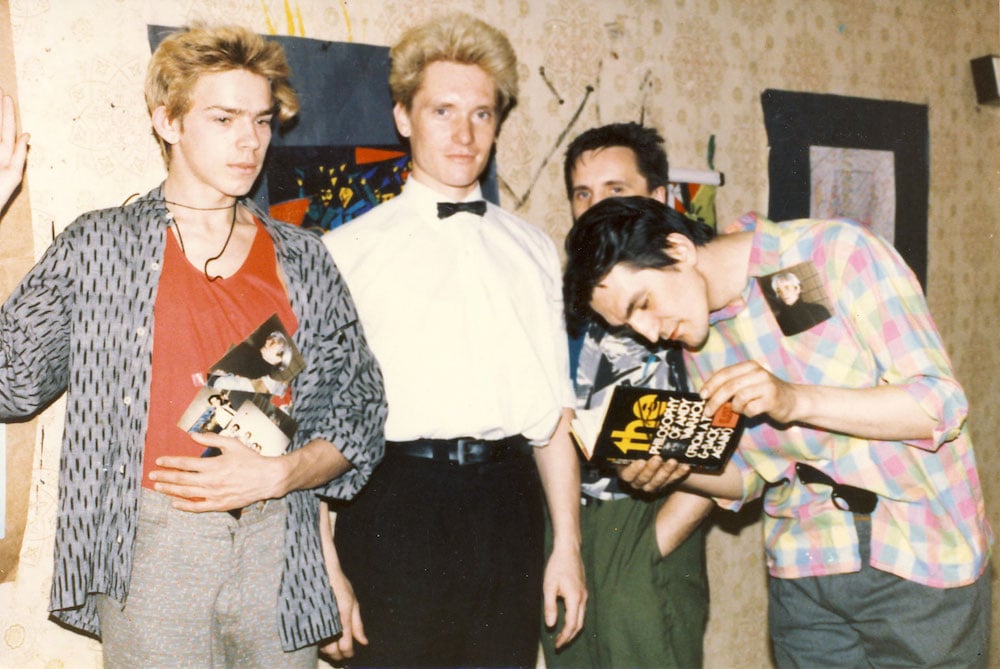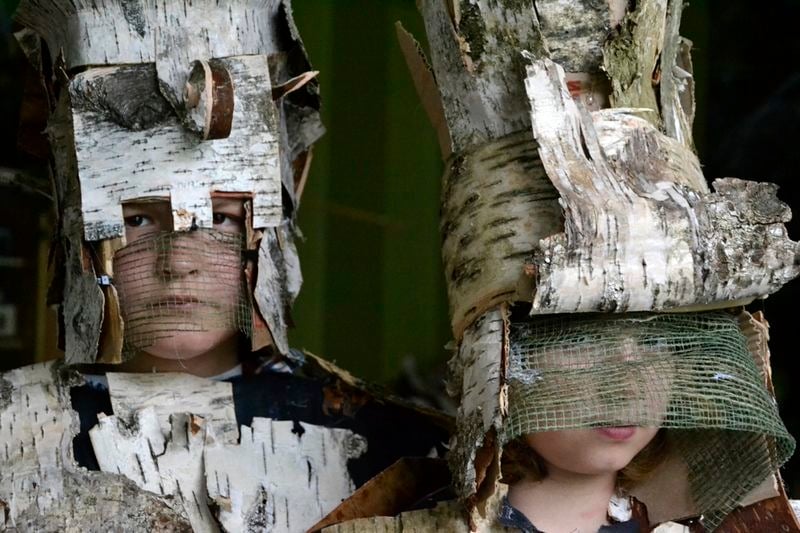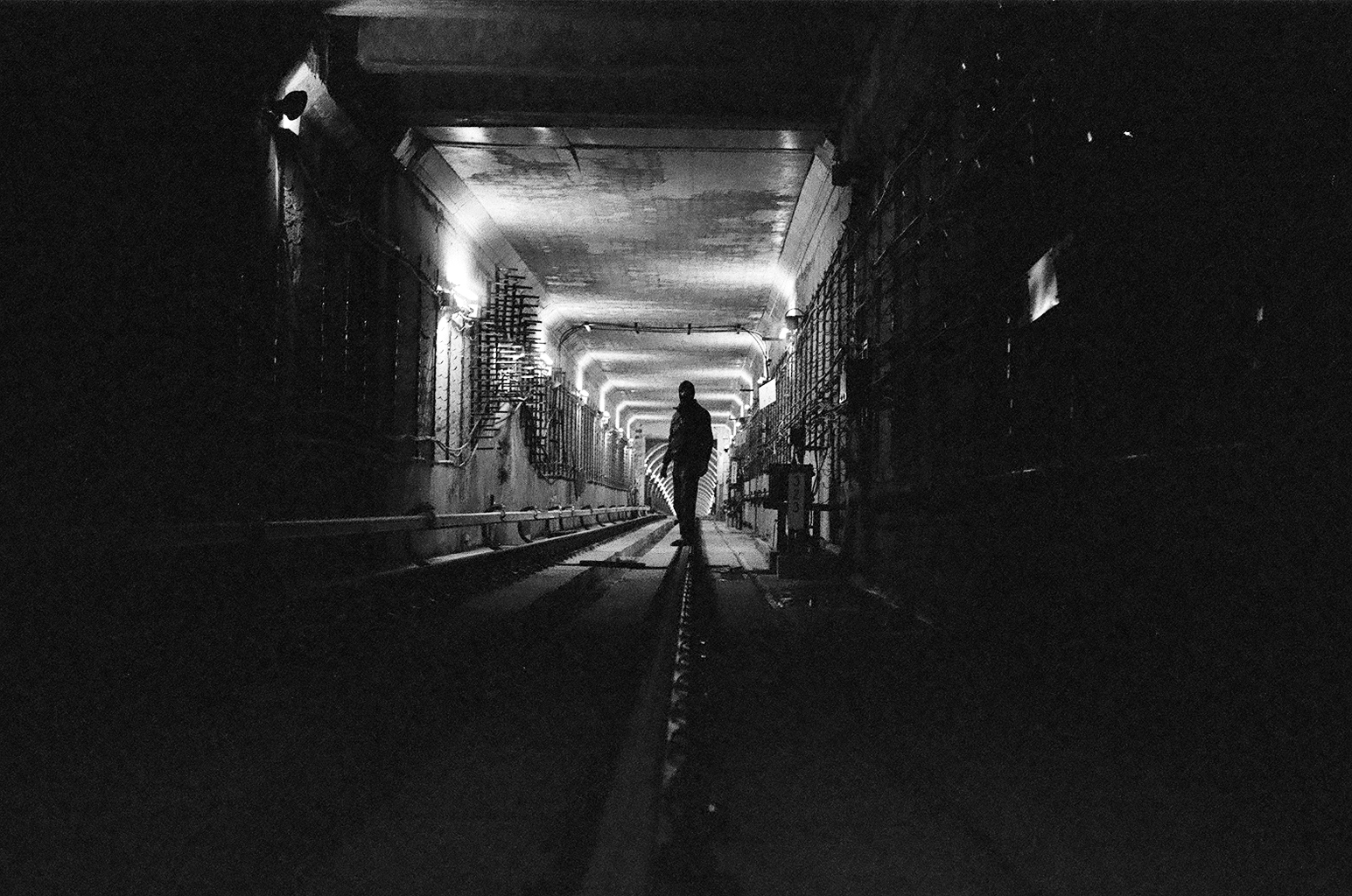Going underground: the art gallery bringing the rebel spirit back to St Petersburg
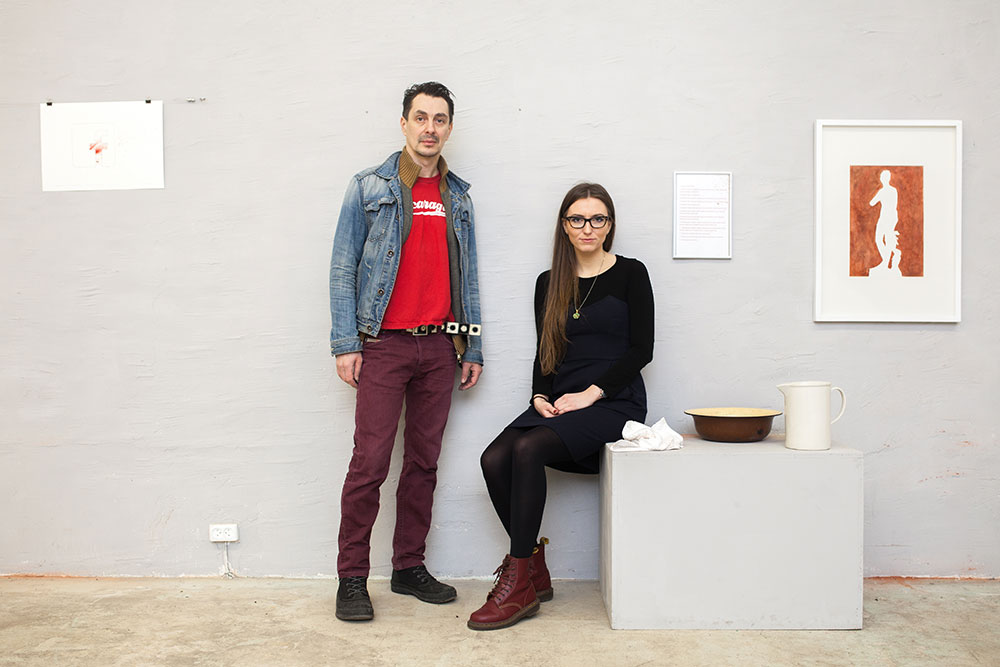
St Petersburg gained a reputation during the 1980s and 90s as a hotbed of non-conformist art. Luda Gallery is staying true to this ethos — and mobilising like-minded artists from around the world
The road from Nevsky Prospect to Mokhovaya Street runs along the Fontanka river and takes around 15 minutes. Despite it being winter, and lower than -10 C at 7pm, the city is especially beautiful at times like this when the snow is falling and the light reflects on the water. But finding Luda Gallery on Mokhovaya Street could be problematic. I’m standing in front of an archway with closed metal gates. Five minutes have already passed and I’m starting to feel really cold. Am I in the right place? But I’m lucky — some other intrepid gallery-goers arrive, punch in a code and open the door. Inside, the courtyard is dirty and dark. It’s best to be ready for anything. I heard that the police were called out when the gallery opened in October 2014. But tonight there’s only a drunken man in ragged clothes who passes by, mumbling something unintelligible. I turn left and finally I’m there.
The big white box-like space looks a little bit weird, but at the same time promising. Apparently it used to be a stockroom. The whole space is illuminated by the big lamps on the ceiling. There are TV-sets on stands showing video art, and pictures, photographs and video projections on the walls. Around 50 people are already there, drinking wine and chatting. Like any gallery opening it’s a little crowded and noisy. But what differentiates Luda from others is its special feeling of community and liveliness. It feels closer to the spontaneous underground activities of 1990s St Petersburg than to the city’s contemporary commercial galleries.
There are curators, art critics, artists, poets and some other nondescript bohemian types. They’re here for an exhibition of Armenian art, called Overcoming the Everydayness. My eyes slide on the series of black and white prints on a red background on the left wall. This is Communism by Tigran Chachatryan: photographs of street scenes and the artist’s friends are accompanied by quotes from The Communist Manifesto criticising the bourgeois family unit. On the opposite wall is Vahram Aghasyan’s video The Ghost Town. The camera’s slow movements fix panoramas of unfinished buildings — a district for earthquake victims in Gyumri started in 1989, but never completed.
As always, Luda’s curator Peter Belyi is here with his young assistant Elizaveta Matveeva. Belyi is in his forties, wearing a blue denim jacket, red sweater and a stylishly wrapped scarf. As an artist, Belyi specialises in large-scale installations. He studied both in Russia and abroad, and graduated with an MA from the Camberwell College of Art in 2000. So how did he come to run a gallery?
The project appeared for the first time in 2008-2009, and took place in an even smaller space — literally a garage — next door to the current gallery, which Peter’s neighbour, a wedding planner by the name of Luda, decided to give to him for his art projects. “Luda has quite traditional taste, and was confused by these crazy punk artists,” Belyi explains. “But somehow she felt that it was important.” The project lasted for nine months. The main goal of the gallery was to unite St Petersburg’s independent art scene and create a space for interaction and collaboration between artists. “Time is passing, and at some age you understand that you are grown-up enough for public activities. You cannot live in society and be free from society,” says Belyi, quoting Lenin. “Somehow, I became a curator and an organiser.”
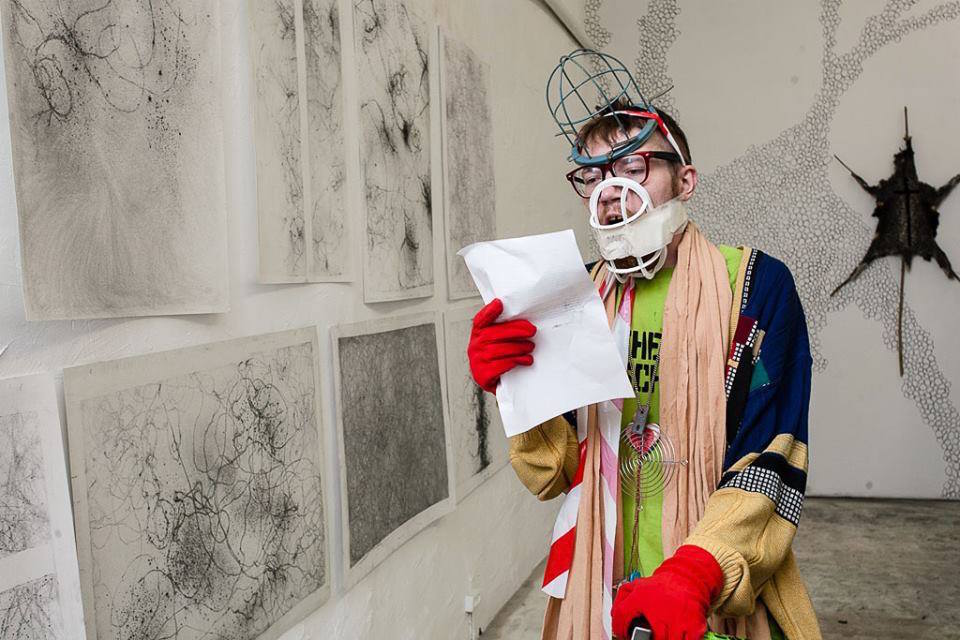
The turnover was impressive: a new exhibition opened every week. The big closing show in October 2009 at Loft Project ETAGI, a multifunctional art space in the center of St Petersburg, became the final stage in the history of the first Luda. During the project there were no limits for artists based on their age or fame. The only request was that they should be independent and informal. They included the non-conformist Anatoly Zaslavsky, the ‘Mityok’ Victor Tikhomirov (Mitki is a St Petersburg art movement that emerged in the 1980s, characterised by an ironic and absurdist style and free spirit), ‘New Artist’ Ivan Sotnikov (The New Artists group was established in 1982 by Timur Novikov) and Vladimir Kozin, a member of the performance art group Novie Tupie (New Idiots).
The passion for patronage is sometimes inherited. Luda’s daughter, Anna, helped with the rebooting of the project. The current gallery Luda retains its autonomy and mobility from its previous incarnation, but the focus expanded from the St Petersburg scene to beyond. “People like us, but from other regions,” Belyi explains. “We still show art which cannot be seen anywhere else, but we are reaching other spaces and forming an international line-up.” Now the strategy of the gallery is to invite a co-curator from the region, who is well informed about the local artistic context and its artists. For the exhibition of Armenian art it was Eva Khachatryan, for the exhibition Four Corners: Contemporary Art of Belarus, which took place in November 2014, it was the St Petersburg-based Belarusian artist Semyon Motolyanets. This strategy allows the gallery to organise exchange exhibitions, a kind of repatriation of art to its sources: a recent exhibition of artists from Perm who currently live and work in St Petersburg, opened in February first in Perm before moving to Luda. “Our mobility is what differs us from other institutions,” Belyi says. “They have plans for a year forward, while we can organise something in a couple of days. It’s a kind of guerrilla activity.”

This rebellious spirit is innate to Luda, and it’s not surprising that Belyi has his critics from conservative cultural institutions: there is still a strong focus on the realistic tradition of painting in Russia. “Many young artists graduate from The Russian Academy of Arts or Surikov Institute with lots of blanks in their education and with reactionary views, which aren’t normal in young people,” says Belyi. “The government is not really interested in supporting contemporary art. We cannot compete with the state machine, but we are trying to realise this educational function,” says Belyi.
In spring 2014 Belyi invited Elizaveta Matveeva to work with him and Aleksandr Terebenin at the project Signal 2014 — an exhibition of contemporary St Petersburg artists at a former Design Bureau. Both Liza and Peter are inspired by the figure of the marginal artist, which exists beyond national borders. “Of course, the sincere marginal message has already become a strong commodity — that’s what has happened with Basquiat or Banksy,” says Belyi, “but it is also true that this is a very high stage of art system development. However even in England or the States there are many wonderful artists who do not succeed.” This autumn Belyi was in London making installation work for Beyond Zero at Calvert 22 Gallery, and while doing so found some intriguing visual artists (for example, Sally Kindberg). Belyi is looking forward to organising an exhibition of independent British artists at Luda.
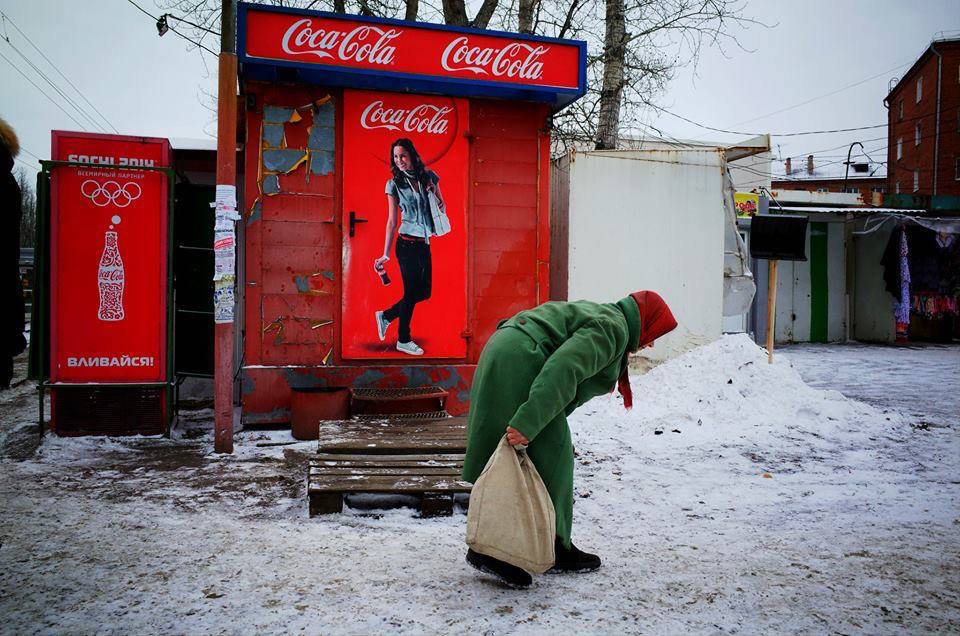
“The situation now is very unclear, both in the soul and in the country. The Russian economic system and market which has worked for the last 15 years has collapsed,” says Belyi, when I ask him about his own artistic plans. He has proposals for exhibitions in Venice, Moscow and Paris, but all agreements now are made tentatively. Nevertheless, Belyi sees some good points for artists living in Russia. “We still have a lot of freedom to experiment. In the west everything depends much more on money. But for Russian artists, integration into an international context is problematic. Many artists stay in Russia but work for export, trying to sit on two chairs. And this is very complicated, to sit on two chairs, because you need to have a big ass.”
Belyi’s main goal is to create a qualified source of good independent art. Now Luda is accumulating new material and groping its way, revealing the existence of different micro-communities. It has no restrictions on the format of events: there has already been an improvised concert by an orchestra and a puppet-play based on the experience of sex industry workers. “Sometimes we have really surprising situations,” says Belyi. “At the exhibition of art from Omsk, I met people who said that they would like to put it on in Dubai. Imagine them in their beautiful white jellabiyas looking at photos of Omsk! I guess this is the true benefit of globalisation — the opportunity to penetrate other cultures.”
